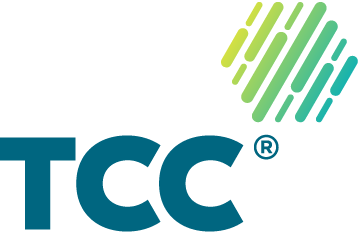SMCR: What can be learned from the banking sector?
For solo-regulated firms, the forthcoming extension of SMCR represents the next major regulatory change on the horizon.
For solo-regulated firms, the forthcoming extension of SMCR represents the next major regulatory change on the horizon.
This isn’t entirely new territory and the most proactive firms are looking to the regime’s previous implementation, within the banking sector, to supercharge and streamline their implementation roadmap.
Senior Manager buy-in
With the strong focus on individual accountability, particularly at board level, getting senior management buy-in from the beginning helps to ensure a smooth transition and demonstrates an ongoing commitment to strong governance and a customer centric-culture to the regulator. Those firms that achieve this also benefit from a stronger relationship with the regulator and less regulatory scrutiny.
Early analysis and preparation
It takes time to identify which employees are covered under the various aspects of the regime and to what extent. Starting early and planning thoroughly provides a higher likelihood of success as it provides firms with enough time to review and refine their approach ahead of the implementation date.
Adequate time is also required to prepare the necessary documentation, including Statements of Responsibilities. Engaging with individuals at an early stage will ensure enough time to address any concerns or challenges that may arise.
Governance
As one of the central pillars of the regime, governance is one area firms need to review and consider in light of the changes.
The most successful examples of implementation our SMCR experts have seen have been where governance is not only reviewed and amended in light of the new requirements, but processes around regulatory reporting are also considered and amended to ensure they are able to effectively evidence compliance.
Training & awareness
Employees are one of the most effective tool in driving and embedding change across an organisation. Successful firms engage and empower their staff with clear communications to avoid confusion and address and concerns. This is also supported by comprehensive, tailored training to ensure understanding and address any concerns.
Business as usual (BAU)
Rather than reinvent the wheel unnecessarily, existing policies and procedures are used, where appropriate, as the foundation of SMCR, with new systems and controls developed as necessary. This reduces the overall implementation time and can help ease the learning curve for employees.
How can we help?
Join the many other firms which have taken heed of these lessons and built their SMCR programmes in the most effective manner, avoiding the mistakes of others that have gone before. If you need expert support or guidance on how to transition smoothly to the new regime, speak to our SMCR experts today.

